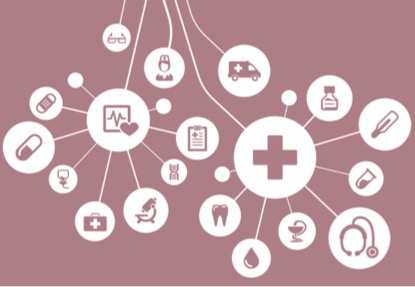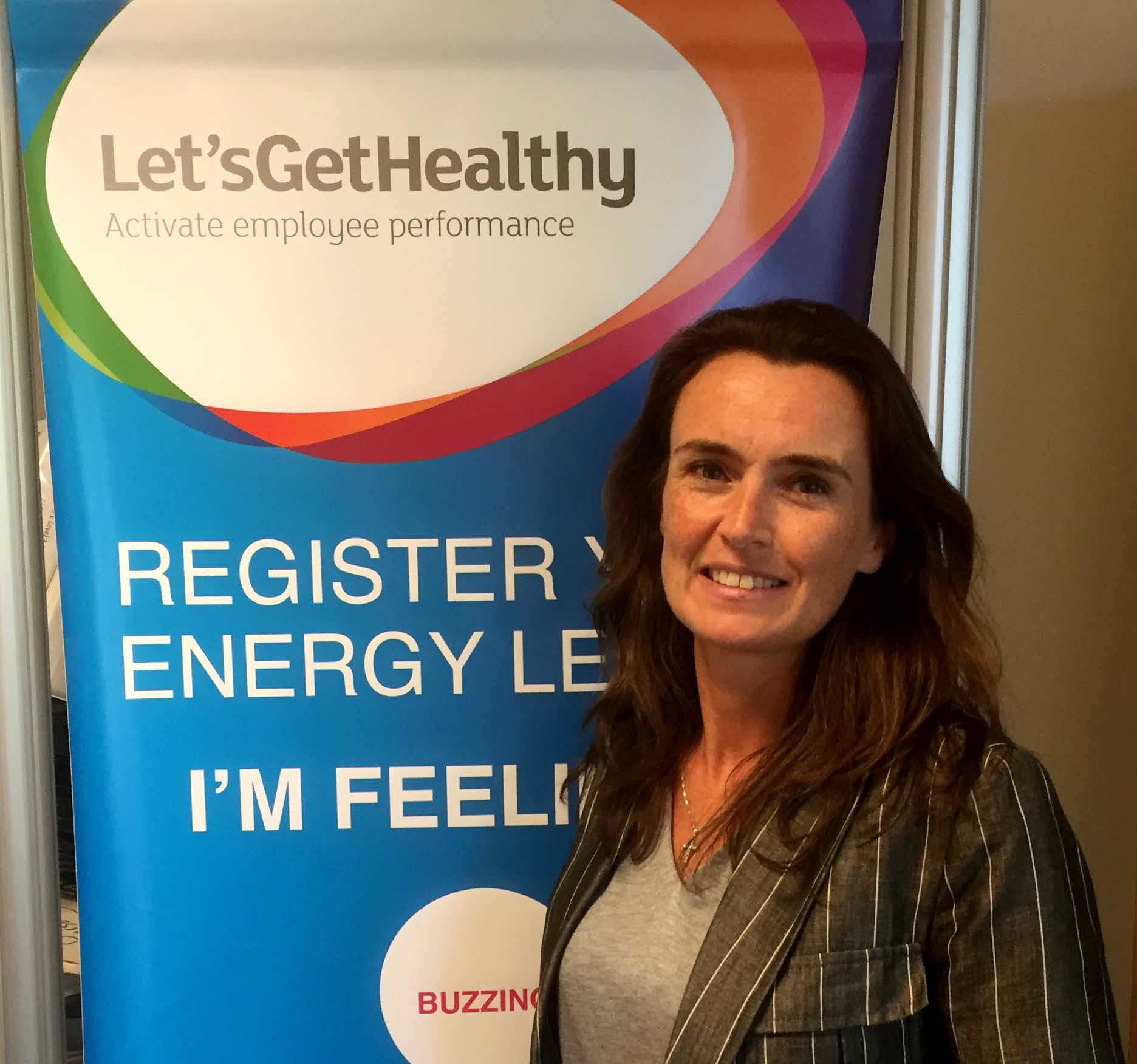Why engaging staff in wellbeing programmes is good for business

Major changes to managing health and wellbeing in UK workplaces will be arriving in 2020. Progressive employers will want to start thinking about these now for the health of staff and the health of the business.
As we come out of a tough recession, more HR and finance teams are developing their 2020 and 2030 strategic plans. This big focus is down to low productivity across Europe and often reduced staff numbers. Employees are now back as the number one priority for the board to worry about.
Maintaining a productive and healthy workforce is as important as maintaining your digital landscape. If either do not work at full capacity then your business is impacted, customers are lost and costs start to mount up.
It’s really easy to understand what the demographics of your workforce will look like in 2020 because staff retention is currently high and retirement ages are extended. But not only will employees be older, they will be more mobile with transient workers being the norm, they will be used to working from home with office space becoming a premium, they will be working on many more shifts than they do now as productivity continues to become a key focus, and they will be global.
Most importantly from a health perspective, they will have full access to their medical records and will be encouraged to self-manage their health by their local GP.
2020 will be a critical time
There will never be a more critical time than 2020 for employers to invest in robust, engaging health and wellbeing programmes. The value proposition for employees has changed and they will expect to have full support for both their own and their families’ health and wellbeing.
The Work Foundation’s Fluctuating conditions, fluctuating support report published in January 2015 said that by 2030 around 40 percent of the UK’s working age population will have at least one chronic and work-limiting health condition. Examples of fluctuating conditions include asthma, depression, multiple sclerosis, rheumatoid arthritis, inflammatory bowel disease. For people over 50 in 2014 this figure is already at 42 percent.
By 2020, employers need to have developed a strategy to support these employees and consider the training requirements for their managers.

Stress and anxiety, particularly in younger workers, remains the number one reason employees are absent from work. As this group of employees becomes older employers need to ensure they have robust support in place and a culture of openness when tackling such issues.
For those employers with an ageing workforce, musculoskeletal disorders (MSD) should be and will continue to be a focus. MSDs are also the largest single cause of days off work lost due to sickness absence. Some MSDs, such as ankylosing spondylitis, have a likely onset age of between 15 and 35 according to NHS Choices. The onset of rheumatoid arthritis most commonly occurs during middle age, but is also common in the 20s and 30s says the Arthritis Foundation. Furthermore, as people’s working lives become extended, age-related MSDs will become increasingly relevant to the workforce.
Obesity will rise
Regrettably our obesity levels are still on the increase. Already some HR teams have had to order larger chairs for some employees, while work uniforms are also getting larger. As we move to having more remote, transient and, in some cases, sedentary workforces (as we become more dependent on IT), and obesity will be a huge focus for employers.
Rising obesity levels play a role in MSD prevalence and contribute to increased likelihood of chronic illness such as diabetes, heart disease and cancer. While in terms of mental health obesity plays a prominent role in bullying and decreased self-esteem. This can also be an important factor in absence management. Public Health England says that by 2034, 70% of the UK population is expected to be overweight or obese.
A Pew survey in 2012, How teens do research in the digital world, found that of nearly 2,500 teachers 87% believe new technologies are creating an “easily distracted generation with short attention spans”. On more positive note, William Schrader, internet pioneer and co-founder of the world's first commercial internet service provider PSINet, stated: “The youth of 2020 will enjoy cognitive ability far beyond our estimates today, based not only on their ability to embrace technology but also by their ability to share immediately any information with colleagues/friends and/or family, selectively and rapidly.”
With more employees working remotely, society will need to think differently about how we educate staff, how staff can avoid isolation, share best practice and demonstrate leadership qualities both from afar and virtually.
In Britain we use our mobile phones to make 18.6 million banking transactions every week, according to British Bankers' Association’s 2014 Way we bank now study. More than 22 million adults now use online banking as their primary financial service.
Employees want to use technology
There is evidence that employees will use technology for health and care, given the opportunity. There are 35 million users of NHS Choices every month (excluding health care professionals) and educating our employees to use smartphones and tablets must be a critical part of the any employer’s health and wellbeing plan for 2020.
Employees will have full access to their medical records on these devices. It is worth considering a learning and development plan to educate staff on how to access their records. Employers can even review processes to help employees set up a GP video call at work, rather than have a day off to attend a face-to-face meeting.
By 2020, wearables will be the norm: contact lenses will measure glucose levels, heartbeat and blood pressure. GP’s and health professionals will use such devices to enable engagement and track daily behaviours. At Let’s Get Healthy we build communities through gamification. Employers will need to keep up with the pace of change if they are to continue to engage staff who live constantly in the digital world.
HR will need to think about educating staff on the benefits of wearables, plan sign posting activity and work with their current health and wellbeing providers on an integration plan. Many health and safety teams are already looking at the implications of wearing such technology on factory lines and allowing employees to carry their smartphones with them all day.
Good news for employers
The great news for all employers is that the World Health Organisation is also working on its plan and direction for 2020. It states two key objectives in its Health 2020: the European policy for health and wellbeing document. The most relevant for employers is its aim to “Work to improve health for all and reduce the health divide”. One of its common policy priorities for health is to “Create resilient communities and supportive environments”.
The NHS has taken this lead and in it’s 2020 plan, Five year forward, it has committed to ensure all patients have full access to their medical records and by 2020 aims to offer our employees appointments with healthcare professionals by video/telephone.
The NHS is investing heavily to allow your employees to self-manage their health by way of their smart phones. It plans to reach out to key stakeholders, such as employers, to assist with their health promotion activities.
In 2020 it would be ideal if employers reached out and partnered directly with their local public health teams and created pathways to local and national support. Signposting employees to support groups, resources, online and offline, and building communities to tackle common issues will also be needed from 2020 onwards.
Change and managing the bottom line is something that most employers are readily able to handle. With an ageing, diverse, mobile and digitally savvy workforce, HR and finance teams need to think ahead.
The returns on investment for health and wellbeing programmes are huge for those who think about the future, embrace technology and partnerships.
This article was written by Maria Bourke is managing director of health and wellbeing company, Let’s Get Healthy. She previously worked as Chief Operating Officer for Citi group and M&S Money.

This article is taken from Personal Group’s Special Report entitled: The Future of Employee Benefits: Engaging Staff in a Digital Age. Click here to read the full report.
In partnership with Personal Group
Personal Group provides the latest employee benefits and wellbeing products.






